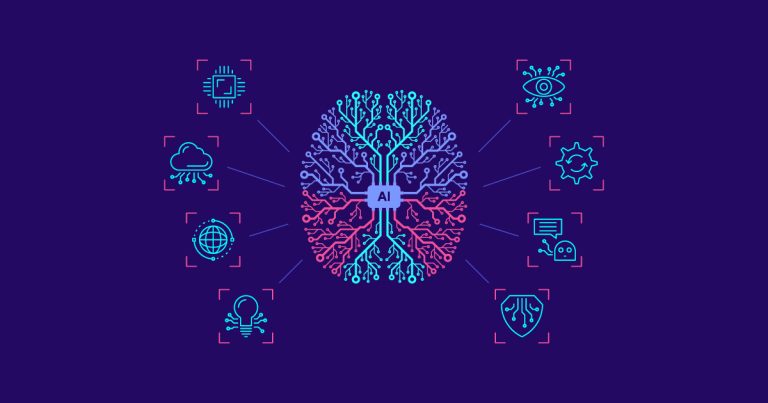
How Neural Networks Power AI Applications
In the current technological age, the terms “Artificial Intelligence” and “Neural Networks” have become more than just buzzwords. They’re at the forefront of innovations that drive numerous applications we interact with daily. But what exactly are neural networks, and how do they supercharge AI applications? Let’s delve into the intertwined worlds of neural networks and AI.
What are Neural Networks?
Inspired by biological systems, particularly the human brain, neural networks consist of interconnected nodes (analogous to neurons). These nodes, organized into layers, process information in a structured manner. The magic of neural networks lies in their ability to “learn” from data, adjust their connections (weights), and improve over time.
Key Elements of Neural Networks
Layers
- Input Layer: Receives raw input, similar to our sensory organs.
- Hidden Layers: Process input, extracting features and patterns.
- Output Layer: Produces the final result.
Weights and Biases
These are parameters that adjust during the learning phase to minimize the difference between the predicted and actual output.
Activation Functions
Functions that determine whether a node should be activated based on the weighted sum of its inputs.
How Neural Networks Learn
Neural networks learn through a process called backpropagation. During training, the network makes predictions based on input data. It then evaluates its performance by calculating the difference between its predictions and the actual outputs. Using algorithms like gradient descent, it adjusts its weights and biases to minimize this error.
Neural Networks in AI Applications
Image and Video Recognition
Convolutional Neural Networks (CNNs), a specialized kind of neural network, excel at processing grid-like data, making them perfect for image and video recognition. Applications include facial recognition, medical imaging, and video surveillance.
Natural Language Processing
Recurrent Neural Networks (RNNs) and Transformer architectures, which have an inherent sense of sequence, are employed in tasks like translation, text generation, and sentiment analysis.
Gaming and Simulation
Neural networks power AI opponents in games, creating challenging, human-like adversaries. They’re also used in simulations to predict complex systems’ behaviors.
Voice Assistants
Voice assistants like Siri, Alexa, and Google Assistant employ neural networks for understanding (speech recognition) and generating speech.
Autonomous Vehicles
Neural networks assist in processing vast amounts of data from sensors in real-time, enabling decision-making for autonomous vehicles.
Recommendation Systems
Platforms like Netflix and Spotify use neural networks to analyze user behavior and preferences, subsequently recommending content tailored to individual tastes.
Future Prospects
The future of neural networks and AI is boundless:
- Quantum Neural Networks: Merging quantum computing with neural networks could result in ultra-fast, efficient AI models.
- Neuromorphic Engineering: Hardware designed to mimic the neural structures and computational methods of the brain could lead to more energy-efficient AI systems.
- Advanced Generative Networks: We might see improvements in generative models, leading to even more realistic AI-generated content.
Neural networks are the driving force behind many AI innovations, bridging the gap between vast amounts of data and actionable insights or functionalities. As we continue to refine these models and integrate them with emerging technologies, the possibilities for what AI can achieve seem endless. One thing is for sure: neural networks will play a pivotal role in shaping the AI-driven future.